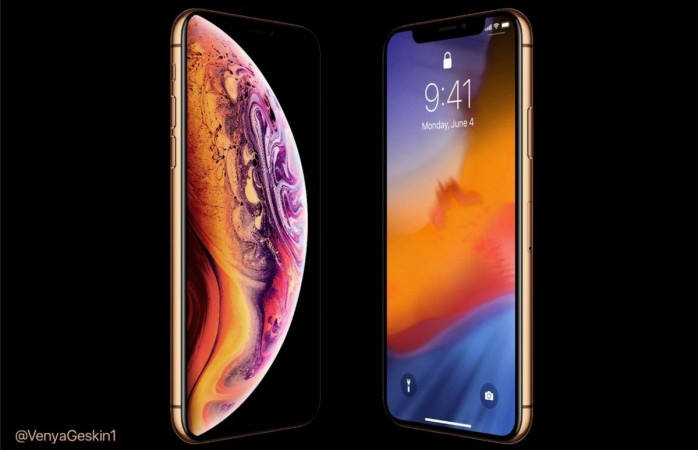
When Apple (NASDAQ:AAPL) announced in November that it would stop reporting unit sales for its devices, including the all-important iPhone, there was little question about the company's motive. The move served as an early warning that Apple expected iPhone sales to weaken. A company doesn't stop disclosing data it's been touting for years for no reason. It's a page right out of Micron Technology's pre-downturn playbook.
This article originally appeared in the Motley Fool.
It didn't take long for investors' worst fears to be realized. Apple slashed its first-quarter guidance on Jan. 2, citing a litany of factors affecting iPhone sales. While weakness in China and other emerging markets was the headline problem, sluggish upgrade activity in developed markets also played a role. Apple's brand is powerful, and its customer loyalty is strong, but there are limits to both.
Pushing up prices
Apple sold 231 million iPhones in fiscal 2015, its most ever. It's sold fewer units each year since then. Peak iPhone, in terms of units, was reached three years ago.
But Apple had one lever it could pull: price. iPhones started getting more expensive. The iPhone 7 launched in 2016 at $649. The iPhone 8 in 2017 bumped the base price up to $699, with the iPhone X coming a few months later at $999. This year's iPhone XR raised the base price of the entry-level iPhone to $749, and the high-end iPhone XS Max starts at a whopping $1,099.
While iPhone unit sales have remained well below peak levels, iPhone revenue had started to grow again. In fiscal 2018, iPhone revenue jumped 18% even as unit sales were essentially flat. The price-raising strategy worked, at least for a while.
But given the weak upgrade activity in the first quarter, it seems that Apple has maxed out its ability to raise prices. Apple blamed consumers adapting to fewer carrier subsidies, U.S. dollar strength-related price increases in certain markets, and the company's program that allowed for cheap iPhone battery replacements after it was revealed that Apple was slowing down older iPhones.
The simpler explanation is that people buy less of something when that something gets more expensive. The old iPhone sales model, where carriers sold iPhones for $199 and baked the remaining cost into the phone plan, has largely been replaced by a financing model, where customers pay for the iPhone over time, often two years. The 0% financing softened the blow to consumers, but $1,000 over 24 months is still $1,000.
As Apple has been raising prices, the quality of cheaper phones has only been improving. Spending $300 on a midrange Android phone won't get you flagship quality, but it will get you most of the way there. The gap in price between midrange phones and the iPhone has been growing, while the gap in quality has been shrinking.
Even if iPhone users largely stick with Apple, the lengthening of the upgrade cycle can wreak havoc on Apple's sales. If the iPhone becomes more like the iPad, which people seem to replace only when their current device breaks, iPhone sales could be in for a long and painful decline.
Out of levers
Apple has no more iPhone levers to pull. Raising prices isn't working anymore, and with global smartphone sales stagnating, growth will be tough to come by. Apple is focusing on growing its services business, which generated nearly $11 billion of revenue in the first quarter. But Apple has always been a great products company. Transforming into a great services company is far from a sure thing. And many of its services, like the app store, ultimately depend on growing the iPhone user base. Services growth is at least a weak function of iPhone sales growth. The iPhone is still the center of Apple's universe.
To be sure, the $84 billion of revenue Apple now expects to generate in the first quarter is still gigantic. Apple is still wildly profitable, and it still has a hoard of $130 billion in net cash. But with the company seemingly maxing out the potential of the iPhone, Apple's best days may very well be behind it.
This article was first published in IBTimes US. Permission required for reproduction.









